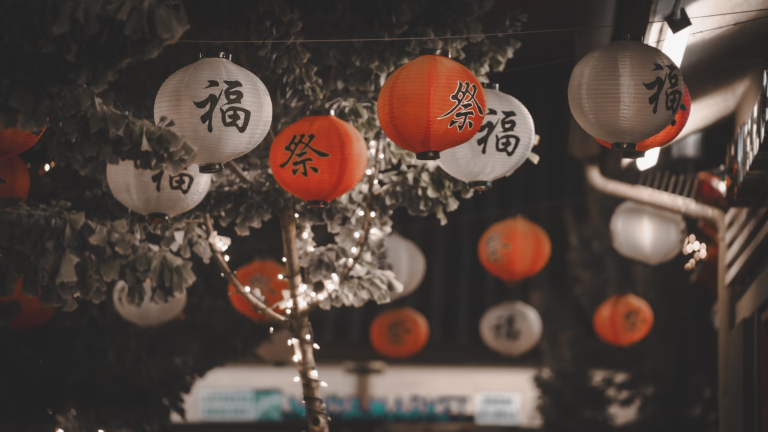Cultural inspiration creates diverse living spaces that we’re lacking in the Western world. Until recently, our home designs focused on clean lines, neutral tones, and a plain aesthetic. Not that it wasn’t good at the time, it was on trend.
But in 2024, there’s a new trend – color, authenticity, and style – and we think global cultural inspiration can achieve it.
Read on to find out more.
Global Inspirations
To create a space that truly reflects a global palette, consider blending elements from Middle Eastern, Japanese, and Moroccan cultures.
Middle-Eastern decor introduces intricate patterns and luxurious textures reminiscent of a vibrant bazaar. You can find beautiful items on websites like Nadavart. For instance, you could incorporate ornate lanterns, richly woven tapestries, or delicate ornaments to add warmth and character.
Japanese design brings a serene and minimalist aesthetic to your space. It has to be one of our favorites. Consider a Zen-like simplicity with clean lines and natural materials, perhaps by using shoji screens or tatami mats. They look great in the bedroom.
Moroccan influence can add incredible bursts of color and intricate designs through bold, geometric tiles, plush ottomans, or ornamental mirrors.
There’s tons of global cultural inspiration to consider.
Incorporating Textiles and Patterns
Textiles and patterns are powerful – you don’t realize it until you see how they create a flow and vibe in your home. Don’t go for one textile or pattern – that’s gone out of style. But you also don’t want to go crazy with the patterns. Consider what flows.
Whether it’s a vibrant Moroccan rug, delicate Japanese Noren, or bold African print cushions, these elements can create a flow in your home that’s unique to cultural inspiration. They add color, texture, and a narrative element. Mixing and matching different cultural textiles creates an eclectic and worldly look, but it’s essential to do so thoughtfully to maintain cohesion and avoid a cluttered feel.
Artwork and Artifacts
Art and artifacts from different cultures are striking decorative elements and focal points in your home. If you have a neutral color palette in your home, vibrant Middle Eastern art looks contrastingly incredible on the wall.
Or you could look at Native American pottery, a Scandinavian-inspired sculpture, or a collection of Asian-inspired decorative fans. All are equally as good as the other. These items bring a piece of their culture’s history and aesthetic into your space.
When choosing art and artifacts, consider their significance, the authenticity of their craftsmanship, and how they align with the overall atmosphere you want to create in your home.
Furniture and Architectural Elements
Furniture and architectural elements inspired by different cultures can massively impact the overall feel of a room – don’t go for your standard sofa and coffee table set from Pottery Barn that seems to be becoming ultra expensive.
For instance, a Japanese-style platform bed or a set of Balinese carved wooden chairs look incredible. They’re easy to style in a room and add a serene, slightly tropical look to your room. Or, architectural elements like Spanish arches or French moldings create a flow to a room that’s typically unique to these regions.
Adding curves to the design looks so good. Consider their scale, how they harmonize with other elements in the room, and their functionality within your space.
Designing your home with cultural inspiration creates vibrance, meaning, and a unique space that’s more than the norm. And the norm can sometimes be a little lackluster. Thank god we’re moving away from the neutral color, but there’s still more we can do to add a little flare to our homes. We think cultural inspiration is the perfect way to do it.

